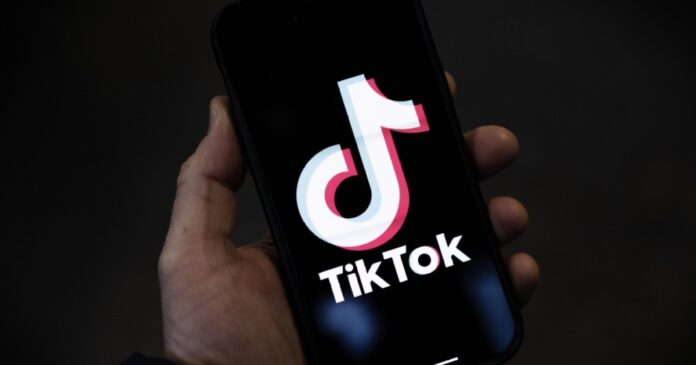“The Wait is Almost Over: What You Need to Know About the Supreme Court’s Historic Decision on TikTok” In a move that has been months in the making, the highly anticipated Supreme Court decision on the ban of TikTok on US government devices is finally set to drop – and it could happen as early as this Friday. The highly publicized case, which has sparked heated debates across the nation, revolves around the Chinese-owned social media giant’s handling of user data and potential ties to the Chinese government. With top tech officials, lawmakers, and cybersecurity experts weighing in on the issue, the stakes have never been higher. As the nation holds its breath in anticipation of the court’s verdict, one thing is clear: the fate of TikTok’s grip on American users hangs precariously in the balance. Will the app’s massive popularity be enough to sway the court’s decision, or will the threat of data breaches and national security concerns prevail? Get ready for a verdict that will have
Supreme Court Decision on TikTok Ban: A Nation’s Social Media Future at Stake
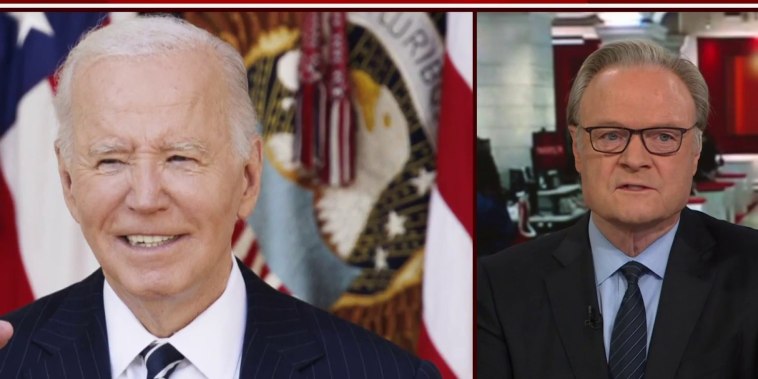
Morningpicker has been closely following the developments surrounding the proposed ban on TikTok, and it appears that a decision from the Supreme Court could come as early as this Friday. The fate of the popular social media platform hangs in the balance, with implications for free speech, national security, and the future of online expression.
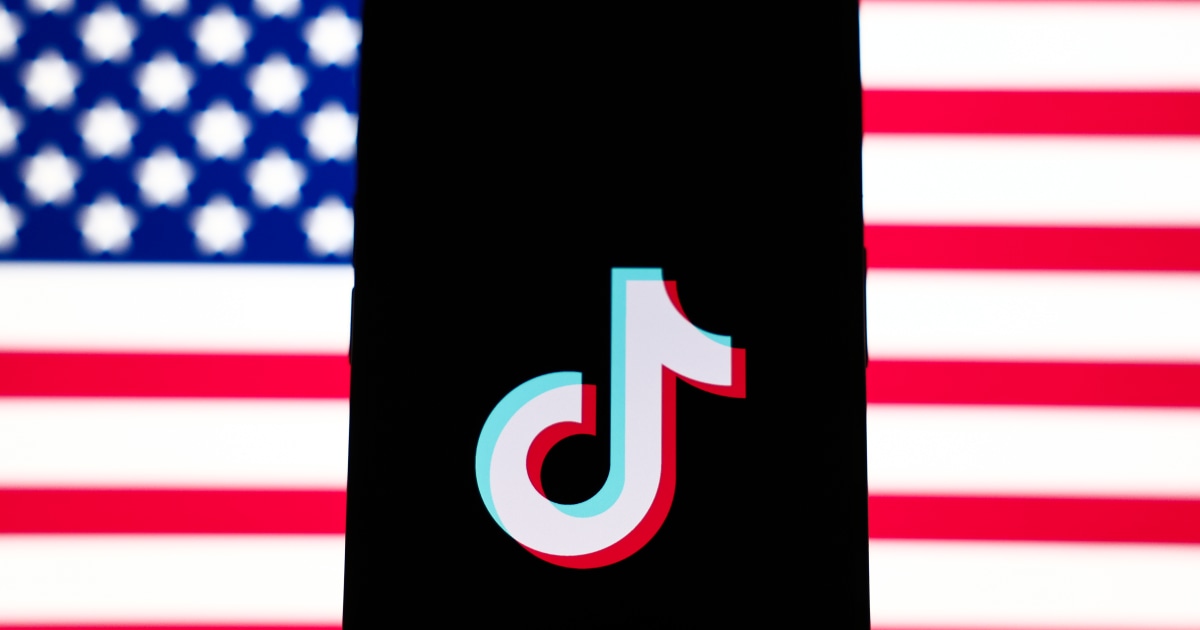
Background and Context
The Supreme Court’s impending decision on the TikTok ban is the culmination of a long and contentious battle between the social media platform, its parent company ByteDance, and the US government. At the heart of the issue is the Protecting Americans from Foreign Adversary Controlled Applications Act (PAFCOA), a law aimed at addressing concerns that the Chinese government could access data about American users.
President-elect Donald Trump has urged the Supreme Court to pause the ban, pending negotiations between the administration and TikTok’s Chinese owner, ByteDance. This move has sparked hopes that a resolution can be reached that balances national security concerns with the preservation of free speech rights.
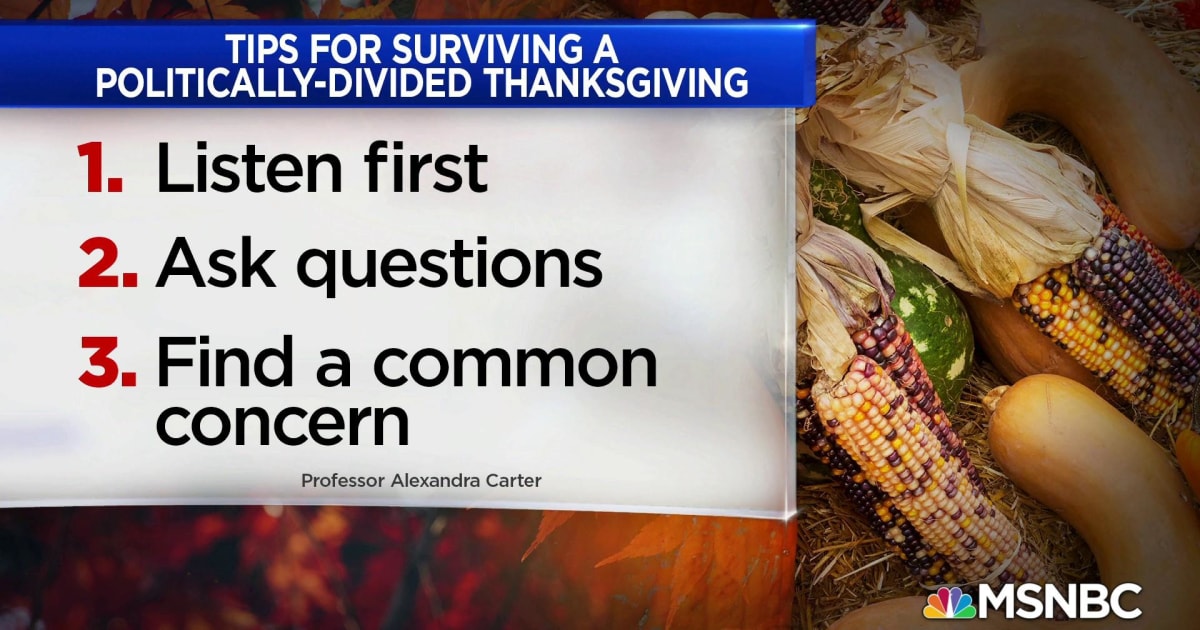
The Legal Battle: A Clash of Interests
TikTok’s Appeal to the Supreme Court
TikTok and its parent company, ByteDance, have appealed to the Supreme Court after lower courts rejected their challenge to the law. The platform argues that the law violates free speech rights under the First Amendment, citing the potential impact on its roughly 170 million American users.
The Justice Department has also weighed in, reiterating its concerns about national security. The government argues that the law is necessary to protect American users from the potential risks associated with using a social media platform owned by a Chinese company.
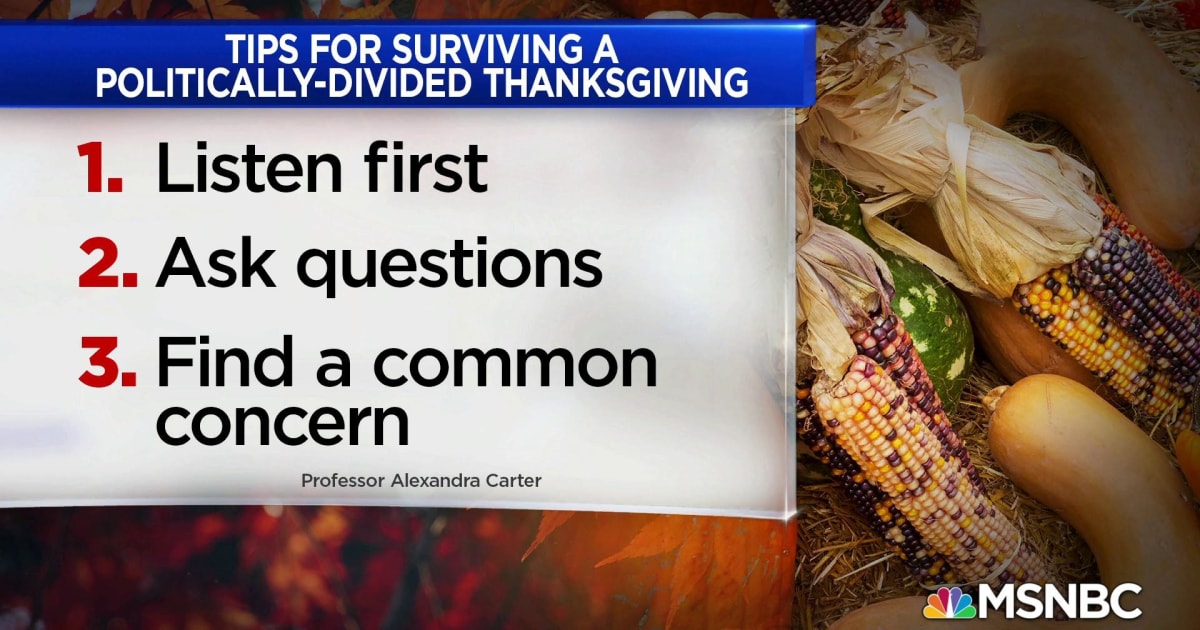
Implications and Consequences
A Delay in the Ban: A Window of Opportunity
If the Supreme Court decides to delay the ban, it would give TikTok and the administration time to negotiate a resolution that addresses both national security concerns and the preservation of the First Amendment rights of tens of millions of Americans. This would be a welcome development for the platform’s users, who have grown accustomed to using TikTok as a means of self-expression and social interaction.
However, if the ban is upheld, it could have far-reaching consequences for the social media landscape in the US. The platform’s popularity and influence could be significantly diminished, potentially driving users to other platforms. This could also set a precedent for future challenges to the government’s authority to regulate online platforms.
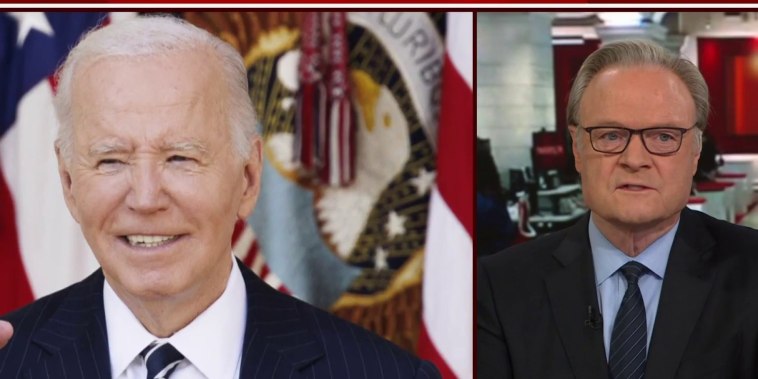
TikTok’s Bid to Survive the Ban
TikTok CEO Shou Zi Chew’s Meeting with President-elect Trump
TikTok CEO Shou Zi Chew has met with President-elect Trump, citing plans to negotiate a resolution that focuses on preserving First Amendment rights while addressing national security concerns. This meeting has sparked hopes that a deal can be reached that would allow TikTok to continue operating in the US while also alleviating concerns about data security.
The platform has also filed its own briefs in the case, reiterating its arguments and highlighting the potential impact on its users and the broader social media ecosystem. As the Supreme Court weighs its decision, TikTok’s future in the US remains uncertain, with the platform’s popularity and influence hanging in the balance.
Conclusion
As the nation awaits the Supreme Court’s decision on the TikTok ban, the stakes are higher than ever. In a nutshell, the article highlighted the ongoing debate surrounding the popular social media app, with the US government citing national security concerns due to TikTok’s ties with China. The main arguments revolve around the potential risks of data collection, cybersecurity threats, and the impact on American users. The article also touched upon the implications of a potential ban on the app’s 150 million active users, the economy, and the broader tech industry.
The significance of this decision cannot be overstated, as it has far-reaching implications for the future of social media, free speech, and national security. If the Supreme Court upholds the ban, it would set a precedent for government intervention in the tech sector, potentially paving the way for stricter regulations on other social media platforms. On the other hand, if the ban is lifted, it would be a victory for advocates of free speech and online expression. As we move forward, it is crucial to consider the potential consequences of this decision, including the impact on the global tech landscape and the evolving dynamics between governments and social media companies.
As we await the Supreme Court’s decision, one thing is clear: the fate of TikTok hangs in the balance, and with it, the future of social media as we know it. Will the Supreme Court prioritize national security concerns or uphold the principles of free speech and online expression? Whatever the decision may be, it will undoubtedly have a lasting impact on the digital world and our collective online experience. As we navigate this uncharted territory, one question remains: what’s next for the intersection of technology, free speech, and national security in the United States?
